When your engine finally needs to be overhauled, the most likely cause will be corrosion-induced distress to the cam lobes.
I recently received an email from a Skylane owner in Miami, Florida who was understandably upset after receiving bad news from his IA, and looking for a second opinion:
“My 1980 Cessna 182Q went into annual, and I received a call from my IA a day later telling me that two cylinders had low compression (38/80). My IA pulled the cylinders, and just called me to say my engine is DEAD! I’m attaching some photos so you can see the reason for his pronouncement.
“The engine was last overhauled in 1987 by Mid-State Aircraft Engines (no longer in business), and is at about 1,600 hours and 25 years SMOH. Published TBO for this engine is 1,500 hours.
“Please let me know what you think I should do. If I do need an overhaul, could you recommend an overhaul shop, or would you recommend a factory reman?”
The owner attached some photographs of his Continental O-470-U engine showing a cam lobe in questionable condition (see Figure 1) and a severely spalled lifter (see Figure 2).
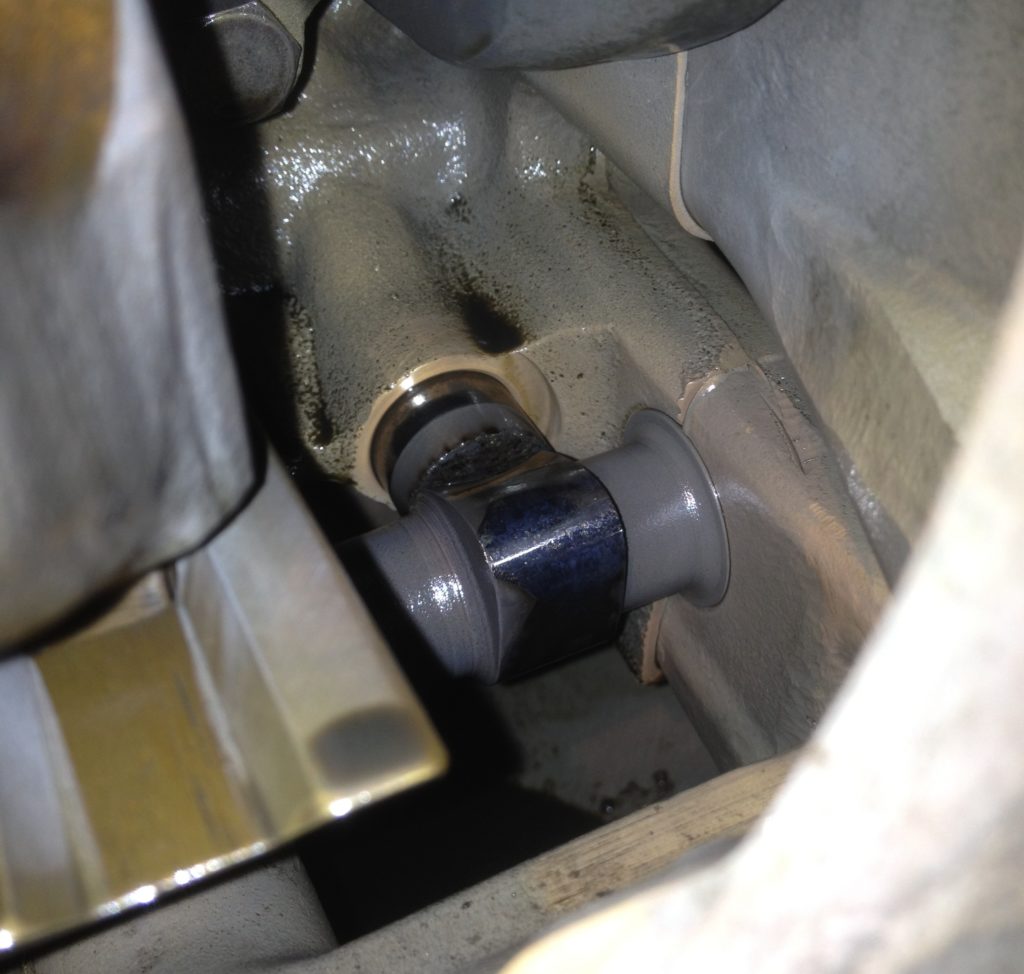
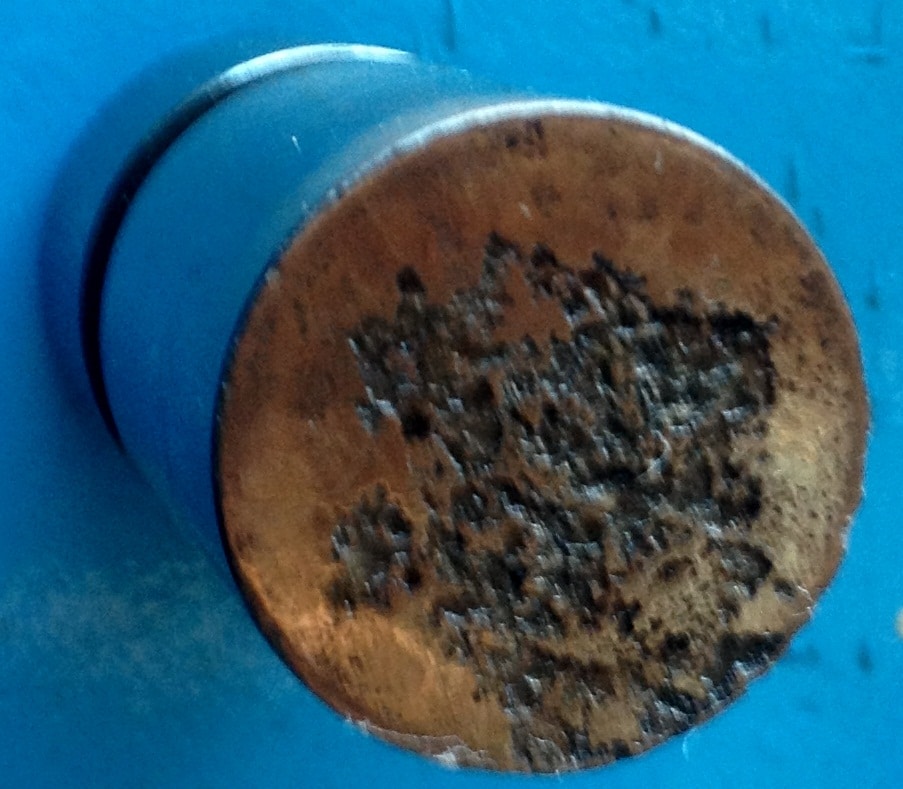
I added these photos to my large collection of similar photos from other engines, because this sort of thing is incredibly common in owner-flown piston aircraft, particularly those based in geographic regions with high corrosion risk. And with the possible exception of Hawaii and Puerto Rico, there’s nowhere in the U.S. where the corrosion risk is higher than South Florida.
It doesn’t take an engine expert to see that the lifter (Figure 2) is in horrible shape. Fortunately, this is no big deal in Continental 360-, 470-, 520- or 550-series engines. Because these engines use “barrel-style” lifters that can be easily removed from the outside of the crankcase, replacing damaged lifters on these engines is easy and cheap. In fact, if you user PMA-approved lifters from Superior Air Parts, they only cost about $75 each. (If you buy them from Continental, the cost is almost three times as much.)
By comparison, had this been a Lycoming engine, a spalled tappet like this would be a real calamity. Almost all Lycoming engines use “mushroom-style” cam followers that cannot be removed from the outside, and therefore cannot be replaced without tearing down the engine. (The notable exception is the Lycoming O-320-H2AD engine in the Cessna 172N, which used barrel-style lifters.)
Cam inspection per SID05-1
The real concern here is not the lifters but the cam. If the cam is unairworthy, then a teardown becomes unavoidable. When I zoomed in on the owner-supplied photo of the cam lobe to take a closer look at the questionable lobe (see Figure 3), it was obvious that it was exhibiting clear signs of distress.
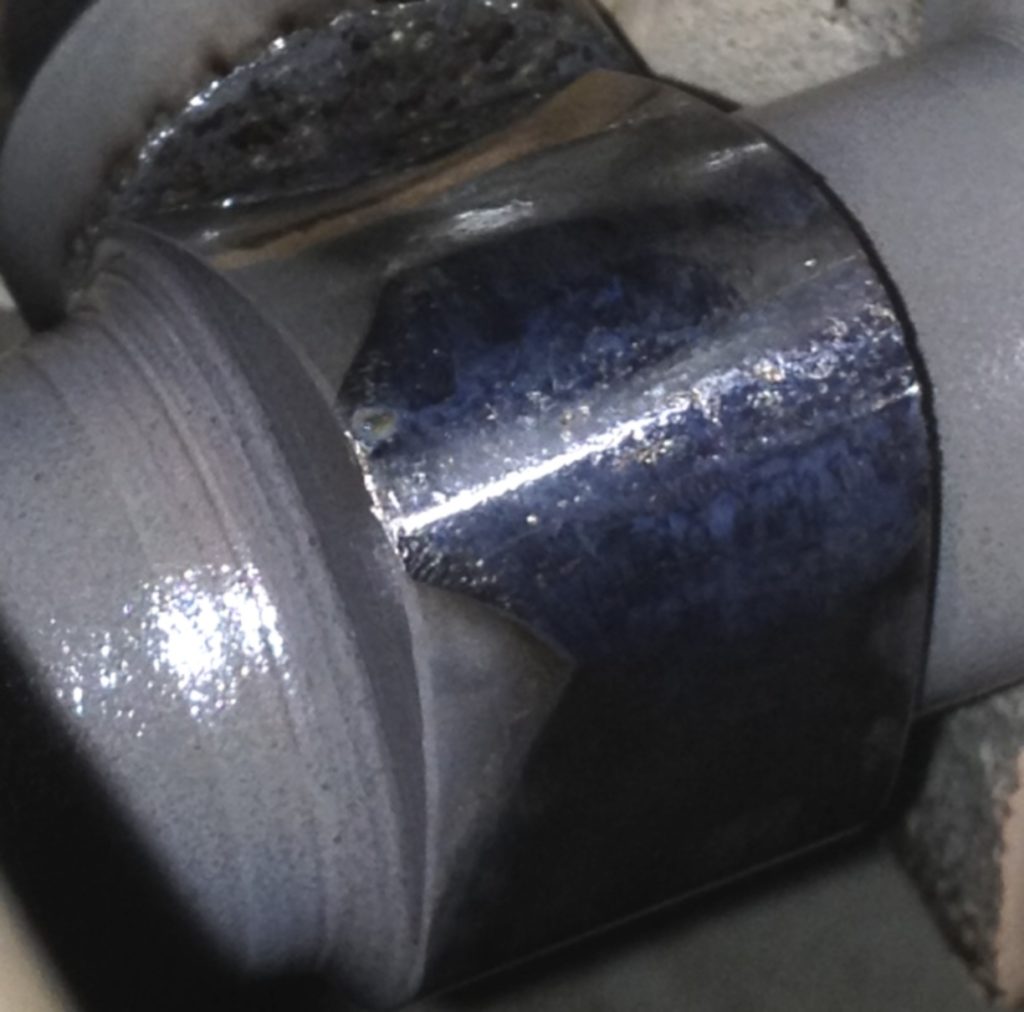
But how much distress is too much? Is this cam lobe in bad enough shape to justify the IA’s death sentence and to justify the owner spending $30,000+ to replace the engine?
Fortunately, Continental provides quite specific guidance on this subject in its Service Information Directive SID05-1 (http://www.tcmlink.com/pdf2/SID05-1.pdf). This excellent document contains detailed instructions for performing cam inspections, criteria for assessing whether or not the cam is airworthy, and plenty of good color photographs of cam lobes in various stages of distress.
A detailed review of SID05-1 makes it clear that Continental considers a certain amount of pitting of the cam lobe toe area to be acceptable. So long as the pits aren’t deep enough to penetrate the case-hardened (carburized) outer layer of the cam lobe (which is about 15 thousandths of an inch thick), there is little risk of accelerated deterioration. The document goes on to say “for minor distress, the camshaft may be continued in service and re-examined upon the accumulation of 100 hours operation or 12 months, whichever occurs first.”
I consider this to be very sound guidance, because in my experience cam and lifter distress is not a safety-of-flight issue, only a safety-of-wallet issue. In all the years I’ve been paying attention to such things, I’ve never once heard of a single case of an engine quitting or an airplane falling out of the sky due to a spalled lifter or cam lobe. In fact, I’ve seen dozens of cases of truly severe cam lobe damage—vastly worse than what this O-470-U is exhibiting—and in every such case, the pilot never noticed any sign of engine performance degradation.
Consequently, when in doubt, I see no risk in replacing the spalled lifter(s) and flying the engine another 100 hours. The worst that could happen is that the pitted cam lobe will tear up the new $75 lifter, and you’ll wind up having bought an additional 100 hours before tearing down the engine. On the other hand, the new lifter might wind up surviving that 100 hours unscathed, in which case you dodged the bullet and may be able to extend the life of the engine for hundreds of additional hours.
Cracks vs. Pits
On the other hand, SID05-1 indicates that Continental is very concerned about cracks (as opposed to pits) in the cam lobe surface: “If the visual inspection indicates the presence of crack like features in the surface along the cam lobe apex, proceed as follows: Using a sharp pick, move the point over the nose. If a crack like feature has any depth, the pick will catch in the groove or pits. If no positive indication of a crack is felt, no further action is required. If an indentation is present, the cam must be examined by a Continental service representative to determine the next steps.”
This guidance also makes sense, because a crack in the cam lobe could result in the lobe coming apart fairly rapidly. When I studied a different photo of the questionable cam lobe under high magnification (see Figure 4), I spotted a suspicious anomaly in the photograph that could conceivably be a crack…or it might just be a piece of lint from a shop rag. The only way to know for sure would be to probe the lobe with a sharp pick and see whether the alleged crack has any significant depth to it. If it turns out to be an actual crack with significant depth, then I would reluctantly have to agree with the IA’s doomsday prognosis.
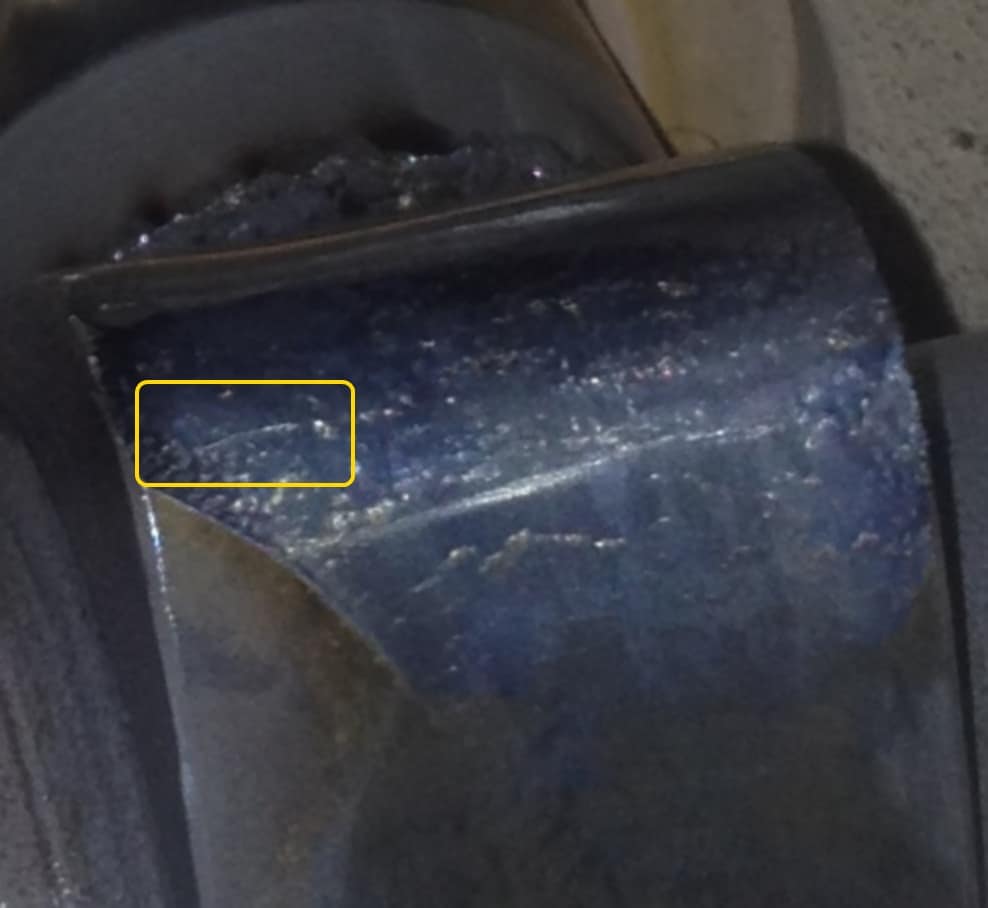
Although SID05-1 doesn’t mention this, I suggested to the owner that before performing the “sharp pick inspection” of the cam lobe, it would be a good idea to polish the cam lobe with some crocus cloth or very fine emery cloth to remove rough edges from the minor distress features. This is a trick that I learned from Bob Moseley, who served as Continental’s central region field representative for five years and possessed encyclopedic knowledge of these engines and their ailments. (Bob passed away suddenly and unexpectedly last year, and is greatly missed.) Again, this is a commonsense thing to do. We certainly wouldn’t want to condemn an engine to euthanasia over a cam lobe flaw so insignificant that it could be polished away with crocus cloth.
The Skylane owner reported back that he’d printed out a copy of SID05-1 and given it to his IA, together with my advice to give the cam lobe the benefit of any doubt and consider just replacing the bad lifter (together with any other spalled ones) and re-inspecting it after 100 hours. The owner indicated that his IA seemed less than thrilled to learn that the owner had sought my advice, but promised to review SID05-1 carefully.
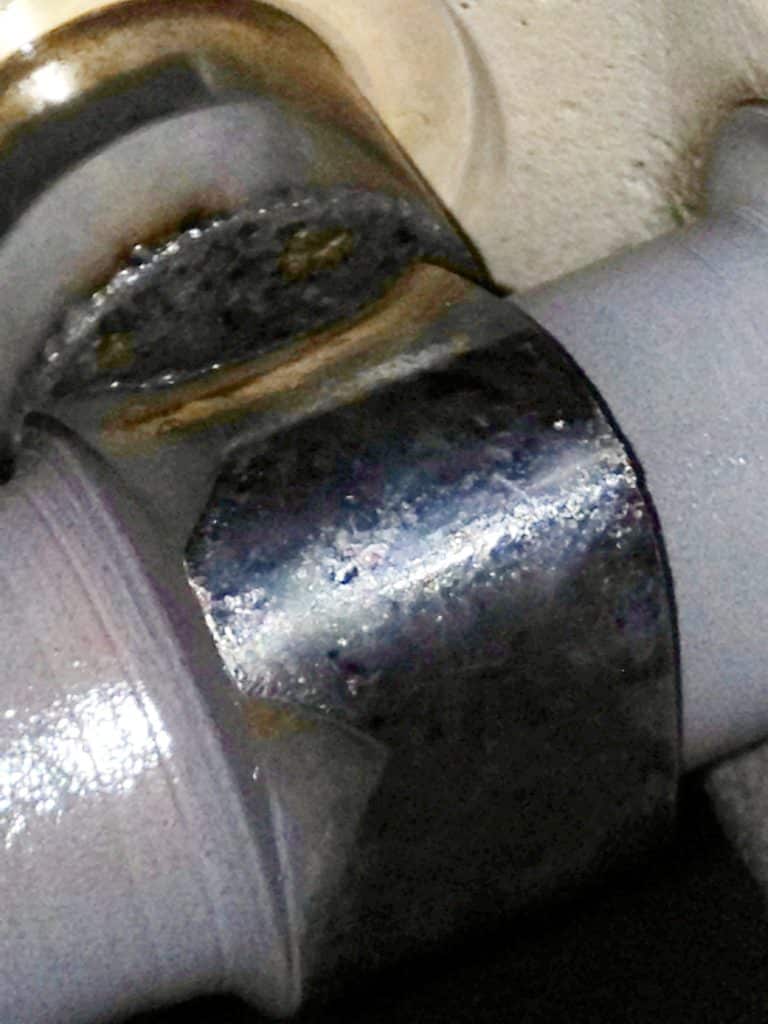
I genuinely hoped that the owner would be able to get another year or three out of his engine—I just hate to see an engine torn down before its time—but alas that was not to be. Closer inspection of the cam lobe revealed it to be in substantially worse shape than it initially appeared. (See Figure 5.) At the end of the day—and after the IA brought in a colleague to inspect the cam lobe and render a second opinion—it became clear that this cam lobe had progressed beyond the point of “minor distress.” The owner ultimately decided to bite the bullet and order a factory rebuilt engine.
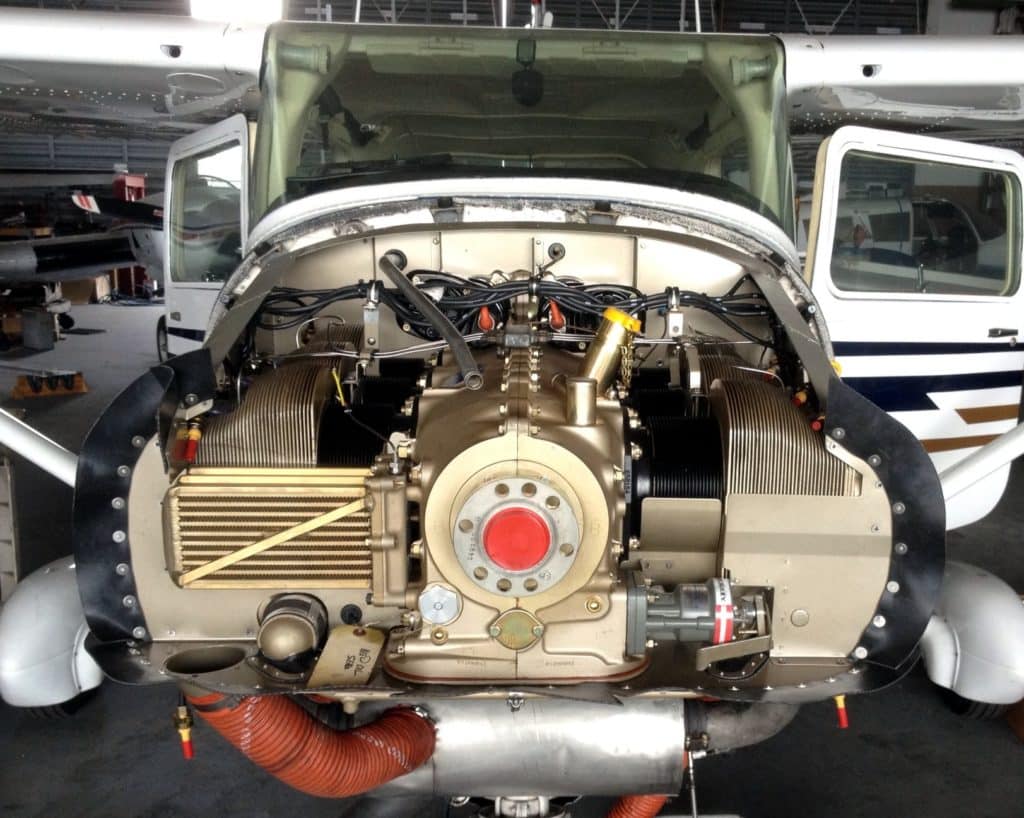
Oh well… Sometimes you eat the bear, and sometimes the bear eats you. See you next month.
You bought a plane to fly it, not stress over maintenance.
At Savvy Aviation, we believe you shouldn’t have to navigate the complexities of aircraft maintenance alone. And you definitely shouldn’t be surprised when your shop’s invoice arrives.
Savvy Aviation isn’t a maintenance shop – we empower you with the knowledge and expert consultation you need to be in control of your own maintenance events – so your shop takes directives (not gives them). Whatever your maintenance needs, Savvy has a perfect plan for you: